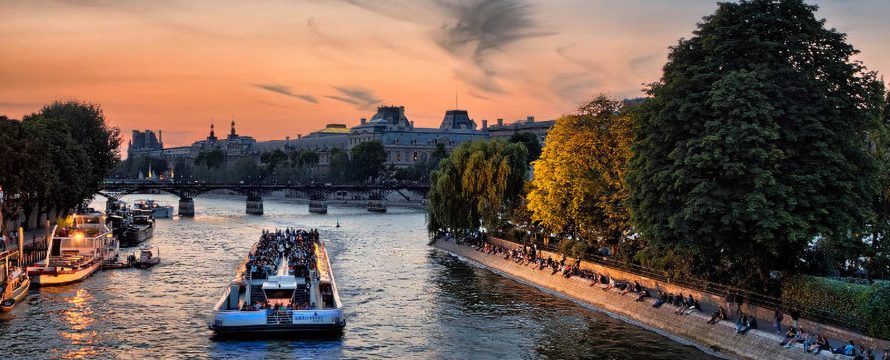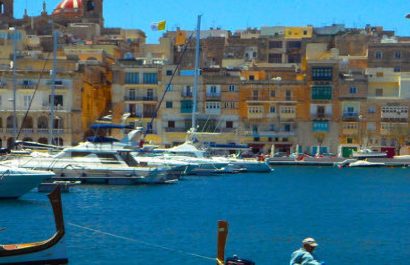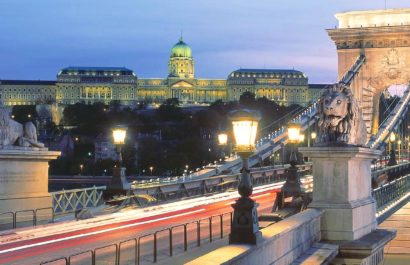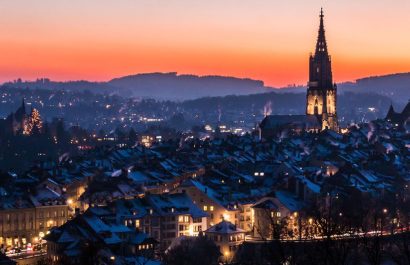DMC per Tour Operator e Agenzie viaggi

Austria

Germany

France
IDEAS AND CURIOSITIES
PARIS
The Operà:
The Paris Operà is one of the most beautiful buildings of the world, its history is rich in interesting sparks and comprehends architecture, literature, music and mystery. The National Operà of Paris, founded in 1669 by King Luis XVI is formed by two different buildings: the Garnier Operà and the Bastille’s. Coursing along the 9th arrondissement you will see the great Garnier Operà, the most ancient theater designed by Charles Garnier in 1861 and then ended (because yet incomplete at the time) in 1875, it is one of the greatest of the entire world. The Garnier Operà is the most important emblem of French Barroque of the XIX century. Since its inauguration in 1989, the Bastille Operà, mostly apt for ballet shows, has officially been renamed ‘Palais Operà’. One of the main attractions of the French capital is Bibliothèque-Musée de l’Operà National de Paris, a museum with annexed library situated in IX arrondissement district, part of the Bibliothèque Nationale del France music section. The museum is hosted in the Palais Garnier inners, and shows three centuries of the Opera history through paintings, scaled-down models, scenic and costumes designes.
Le Mur de Je T’aime:
The sparkling city… the love city… where the majestic Eiffel Tower is, together with the Louvre museum, the metropolitan musicians, and the lovers on the Bateaux Mouches. A city that will touch each of your senses, from taste to sight! Let Paris seduce you with a good bottle of red wine in Montmartre hill, or with the art galleries of the Orsay Museum. Everybody love Paris, the Sacre Coeur, the wall full of ‘I love you’ inscriptions, called ‘Le Mure de je t’aime’, created by the artists Frédéric Baron and Claire Kito, made out of 612 tiles and 311 ‘I love you’ written in 250 different languages. Love-dedicated emblem of peace and conciliation, the wall has so become lovers and tourists’ point of main interest. Metropolitan stop of “Abbesses”.
ALSATIA
The wine boulevard of Alsatia
This boulevard, once called ‘Wine street’, was inaugurated the 30th of May of 1953 and is located at the feet of the Vosgi Mount. Walking along the viticulture path, you will discover one of the typical productions of this area, whose wines are world-wide famous for their sensational taste. Among the multitude of towns and villages, from north to south Alsatia, along over 200 kms course, several wine cellar offer their wines’ tastings. Thann, Rouffach, Husseren, Colmar, Kaysersberg, Ribeauvillé, Andlau, Barr and Obernai are just few of the areas surprisingly overcoming your expectations. These wines’ quality is guaranteed by three different registered names: the Alsace A.O.C. (Controlled Denomination Origin od Alsatia), the Grand Cru (great wines) Alsace A.O.C. and Crèmant D’Alsace A.O.C. The wine boulevard of Alsatia is the most ancient of the entire France and crosses different but strictly connected towns by exclusive stamp.
LOIRE NORMANDY AND BRETAGNE
Calvados and the D-Day Landing
This part of Normandy is world-wide famous for the crucial event occurred during the ‘900s: the allies’ landing on its coast, Calvados, during the second World War. Lots of tourists are attracted for this reason, to visit the famous D-Day’s beaches and to honor the memory of the deads covering the area. You will be able to see by yourself the tragic and dramatic outlook of the area. However Calvados not only is the stage of a tragedy but also an ancient tradition land, rich in historical and artistic past, where sublime cheeses and the ‘Calvados’ Normandy’s emblematic liquor are produced.
FRENCH RIVIERA AND PROVENCE
The Calanques’ National Park:
Situated nearby Marseille, the only park in Europe simultaneously being maritime, terrestrial and urban. The Calanques massif is located between Marseille and Cassis, due to its geological and climatic past, it presents wonderful natural landscapes, a true mosaic of vegetation, from cliffs to crags, from bushes to pine groves, from wide-open mounts to narrow bays. A savage location, very close to the city.



